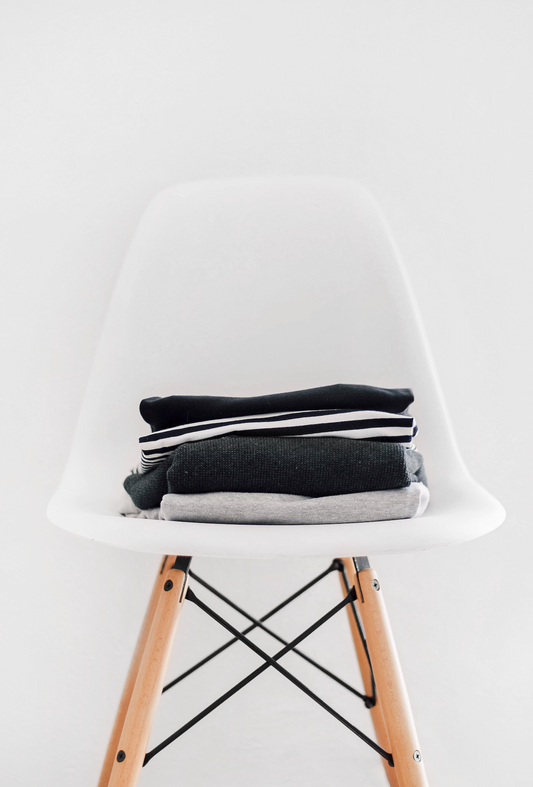We all want to help reduce our impact on the environment and to contribute to larger ecological efforts of protection, but sometimes our well-intentioned habits can have the opposite effect. While it’s instinct to toss as much of our waste into the recycling bin as possible, when non-recyclable items are mixed in with the collection of recyclable items, it can cause serious complications. That’s why it’s important to know what can be recycled and what to do with the items that can’t.
Plastic Gloves
Plastic gloves are a surefire way to reduce your risk of contracting or unknowingly spreading COVID-19 and it’s understandable to want to use more of them now than you normally would. Unfortunately, though plastic gloves are made of plastic, they can’t be put into the traditional recycling bin. While programs are currently being developed to both produce more eco-friendly disposable gloves and find ways to dispose of them intentionally, they are currently few and far between.
What Can I Do With Them: For reasons beyond their poor effect on the recycling process, plastic gloves should be thrown away. At the moment, it’s beneficial to virus mitigation efforts to ensure they are disposed of properly.
Plastic Bags
Here at Commit to Green, we’re dedicated to finding a new path for the plastic bag. Traditional plastic bags take up to 1,000 years to decompose and they cannot be put into the recycling system. If you collect your recyclables in a plastic bag, it’s important to remove them before putting them into the bin, otherwise the bags can tangle in the equipment and cause machine failures.
What Can I Do With Them: Reuse them. Since there are no eco-friendly methods for disposing of plastic bags, the best thing you can do is reuse them as many times as possible. It’s also a good idea to replace your plastic bags with environmentally-friendly options, like our compostable liners and totes.
Your Coffee Cup
Both iced and hot coffee cups seem like the perfect candidates for the recycling bin but, unfortunately, they’re destined for the trash. Disposable cups are often treated with a wax and plastic to make them waterproof, which makes them ineligible for recycling. Because recycling them would require breaking the materials apart, most facilities will treat them as trash and dispose of them in landfills, but more importantly, they can contaminate any close-proximity product that can be recycled, so it’s much better just to throw them away.
Unfortunately, the plastic iced coffee cups and plastic lids are difficult to recycle because of the blended materials as well, so many facilities won’t accept them either.
What Can I Do With Them: Reuse them. Plastic cups can be used in making projects, gifts, decorations, and even storage! The more uses you can get out of them, the better off! Still, it’s most important to invest in reusable hot and cold coffee cups and keep them with you on the go.
Pizza Boxes
It can be very frustrating to see the cardboard of your pizza box and to not be able to recycle it, but unfortunately the pizza grease is difficult, if not impossible, to separate from the cardboard. This makes it hard to recycle and can cause contamination with other eligible products. A little grease is okay, but not a lot, and always remember to remove food and liners from the box before disposal.
What Can I Do With Them: Firstly, you can recycle any parts of the box that don’t have grease on them, like the top and sides. If you’re really committed, you can even cut around the greasy sections. The good news is, that greasy section can be composted. As long as the cardboard isn’t corrugated or wax-coated (unusual for pizza boxes) it will break down well in a compost environment.
Plastic Wrap and Film
Plastic wrap is not strictly not recyclable but you have to be really careful. Depending on what kind of bubble, cling, or plastic wrap or film it is, it can be made of a combination of materials which are difficult to break down and separate. Some of them also emit toxic chemicals during the breakdown process, so it’s vital to ensure they are disposed of correctly.
What Can I Do With Them: Reuse them as much as possible. Keep your sandwich bags for storage once they’re no longer safe for food use. You can also use cling wrap to help reduce energy use in the home when wrapped around windows and drafty places. Still, it’s best to reduce your use of the material as much as possible and consider reusable containers and beeswax covers instead.
Window and Drinking Glass
Most types of glass are recyclable, so don’t worry about all those marinara jars, but certain types are meant to be much more durable and permanent rather than one use. Because drinking glasses and window panes are designed to withstand long-term usage, they require much higher melting points, which aren’t part of the traditional recycling process.
What Can I Do With Them: If you like to make crafts, broken glass (when properly handled for safety) can be a beautiful addition to mosaics and other gorgeous home decor projects, so consider upcycling those broken pieces. Otherwise, long-lasting glass should be properly packaged for safety and put into the trash.
It’s also important to remember that items with food still in or on them are not eligible to be recycled. While it takes a few minutes of soaking or scrubbing to ensure the jar or can is clean, it’s more than worth the effort.
Recycling is one of the most important steps we can take towards a greener future, but it’s vital we use the system properly. Wash your recyclables of food, find new uses for ineligible products, and always check for recycling status if you’re unsure. When we all do our part, we can help to change the world together.
SOURCES:
https://www.nytimes.com/2018/05/29/climate/recycling-wrong-mistakes.html
https://greenblue.org/top-18-things-you-should-not-recycle-curbside/
https://www.wm.com/us/en/inside-wm/recycle-right/recycling-101







